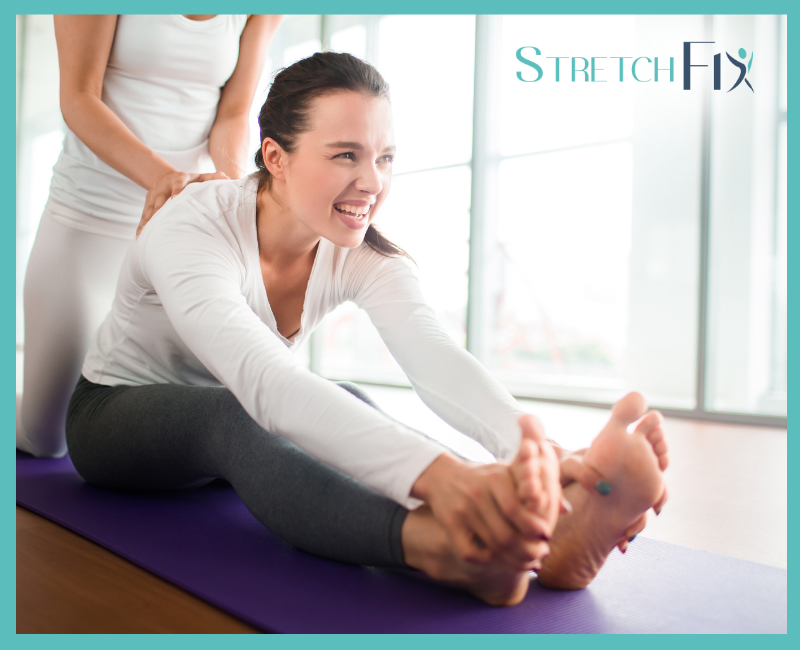Building muscle and achieving aerobic fitness are important aspects of a well-rounded workout routine. However, neglecting flexibility can limit your performance, increase your risk of injuries, and hinder your overall athletic potential. Stretching is essential for many reasons, let’s read them below.
The importance of stretching
It’s not enough to build muscle and achieve aerobic fitness. You need to think about flexibility, too. Stretching can help.
You may think of stretching as something performed only by runners or gymnasts. But we all need to stretch in order to protect our mobility and independence. A lot of people don’t understand that stretching has to happen on a regular basis. Ideally, it should be daily.
Why stretching is important
Stretching keeps the muscles flexible and healthy, and we need that flexibility to maintain a range of motion in the joints. Without it, the muscles shorten and become tight. Then, when you call on the muscles for activity, they are unable to extend all the way. That puts you at risk for joint pain, strains, and muscle damage.
For example, sitting in a chair all day results in tight hamstrings in the back of the thigh. That can make it harder to extend your leg or straighten your knee all the way, which inhibits walking. Likewise, when tight muscles are suddenly called on for a strenuous activity that stretches them, such as playing tennis, they may become damaged from suddenly being stretched. Injured muscles may not be strong enough to support the joints, which can lead to joint injury.
Regular stretching keeps muscles long, lean, and flexible, and this means that exertion won’t put too much force on the muscle itself. Healthy muscles also help a person with balance problems avoid falls.

Where to start
With a body full of muscles, the idea of daily stretching may seem overwhelming. It’s most important to focus on the body areas needed for critical for mobility: your lower extremities: your calves, your hamstrings, your hip flexors in the pelvis and quadriceps in the front of the thigh. Stretching your shoulders, neck, and lower back is also beneficial. Aim for a program of daily stretches, or at least three or four times per week.
Find a physical therapist (your local Y is a good place to start) who can assess your muscle strength and tailor a stretching program to fit your needs.
Proper execution
Stretching the muscles before they’re warmed up can actually hurt them. When everything is cold, the fibers aren’t prepared and may be damaged. If you exercise first, you’ll get blood flow to the area, and that makes the tissue more pliable and amenable to change. All it takes to warm up the muscles before stretching is five to 10 minutes of light activity, such as a quick walk. You can also stretch after an aerobic or weight-training workout.
Hold a stretch for 30 seconds. Don’t bounce, which can cause injury. You’ll feel tension during a stretch, but you should not feel pain. If you do, there may be an injury or damage in the tissue. Stop stretching that muscle and talk to your doctor.

Try a hamstring stretch
A hamstring stretch will keep the muscles in the back of your thigh flexible. Sit on the floor with your legs in front of you. Slide your hands down your legs until you feel a burning sensation. Hold for 30 seconds, then slowly return to a sitting position.
The cumulative effect of stretching
Stretching once today won’t magically give you perfect flexibility. You’ll need to do it over time and remain committed to the process. It may have taken you many months to get tight muscles, so you’re not going to be perfectly flexible after only a few sessions. It takes weeks to months to get flexible, and you’ll have to continue working on it to maintain it.
Increase your flexibility, reduce muscle soreness, and enhance your overall athletic performance with our stretching program. Book an appointment today at 949-336-1089 and check our IG here for more!
Reference: [ https://www.health.harvard.edu/staying-healthy/the-importance-of-stretching ]








